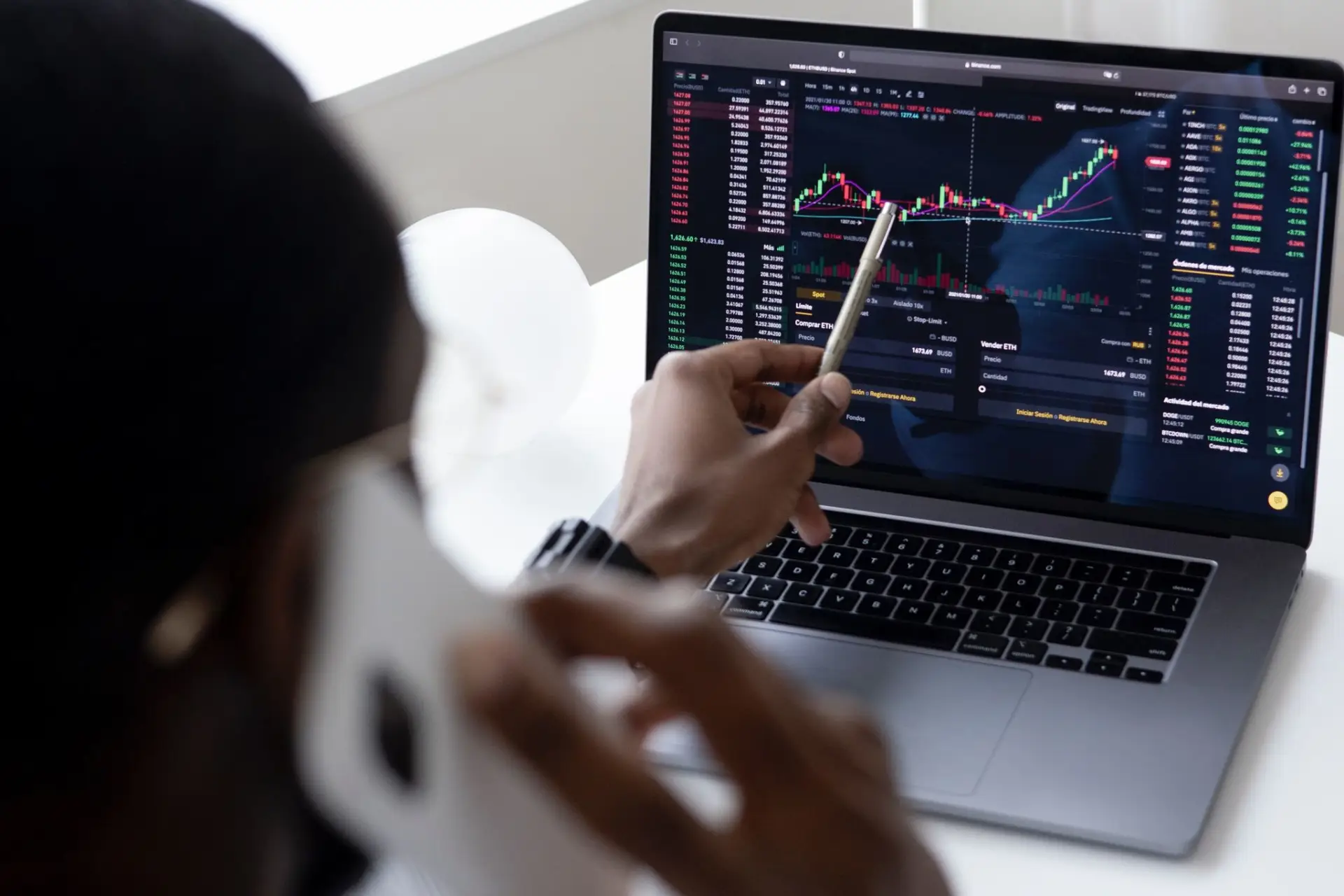The Producer Price Index (PPI) is an important inflation indicator that measures the average price change received by domestic producers for their output over time. It’s calculated by the Bureau of Labor Statistics (BLS), giving us a good idea of how much it costs manufacturers to make their goods.
The PPI can help us gauge whether inflation is rising or falling, and if so, by how much. This article will explain PPI and how you can use it in your trading decisions.
What Is the Producer Price Index (PPI)?
The Producer Prices Index (PPI) tracks the average change in selling prices obtained by domestic producers for their output over time. The PPI assesses price fluctuations from the seller’s perspective, not the buyers’. The Consumer Price Index (CPI), on the other hand, evaluates price increases from the perspective of a typical consumer.
The PPI data are used to calculate price indexes for many intermediate goods and services purchased by manufacturers. These producer goods are then used to produce other goods and services sold at retail outlets such as department stores or automobile dealerships.
The Impact of the PPI on Inflation
The Producer Price Index (PPI) measures the average variation over time in the prices domestic manufacturers get for their products on a monthly basis. The PPI measures price changes for about 80,000 commodities and factors.
One thing to remember when trading this indicator is that it’s not an actual price; instead, it is a composite index that combines many different components into one number. It is important to note that this number has nothing to do with what consumers pay at retail because it only measures wholesale prices paid by manufacturers and producers.
How to Trade the Producer Price Index (PPI)
The PPI is calculated using data from the Bureau of Labor Statistics (BLS), which tracks producer prices monthly through surveys conducted across thousands of companies within different industries. The index measures changes in overall input costs faced by manufacturers, producers, and wholesalers in specific markets across the country during various periods.
In conclusion, the producer price index is a useful tool to keep an eye on if you’re looking to trade in the equity markets. It can help you gauge the strength of inflation and how it might affect earnings growth over time.
One example of how traders use PPI data is by looking at how much prices change from one month to another. If there is an increase in price for a particular good or service, then inflation will likely be higher than normal (since more money would need to be spent on each unit).
Conversely, if prices fall over time, then inflation will decrease as well—which may impact businesses when determining their pricing strategy later down the road! With all this information, it can make sense why so many investors pay attention to when these numbers come out every month.







